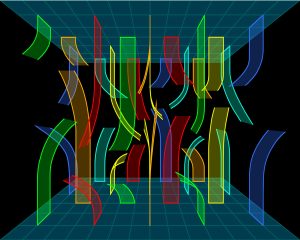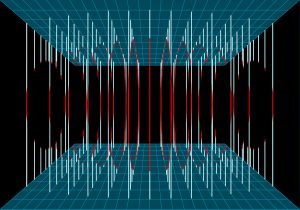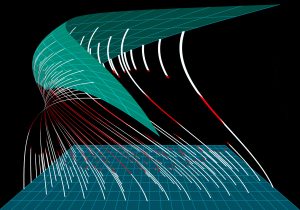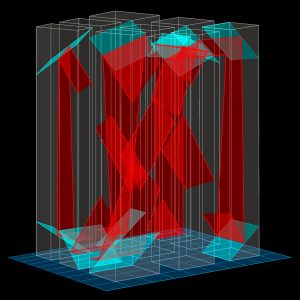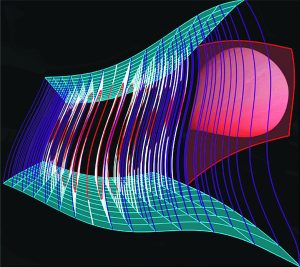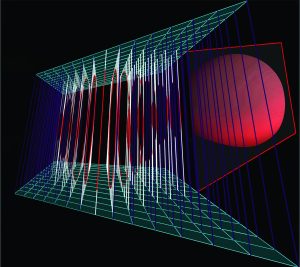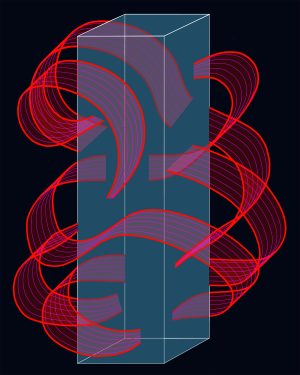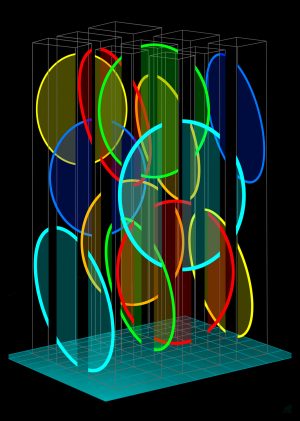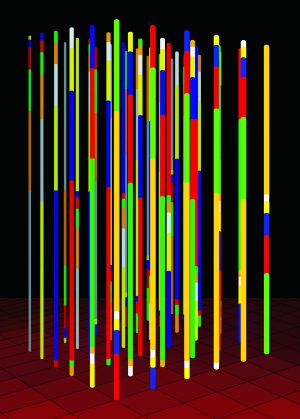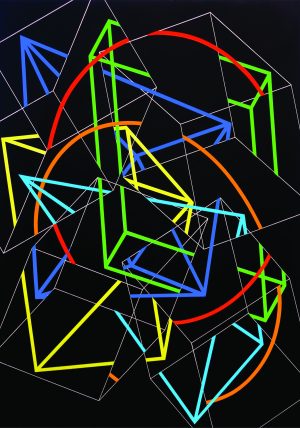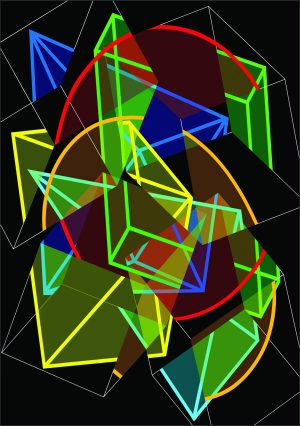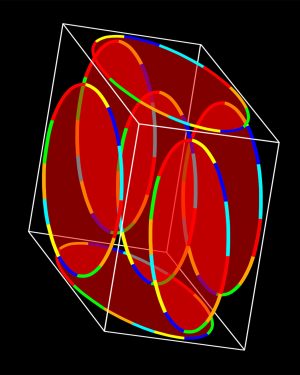
András MENGYÁN
The Simultaneity of a Shape in a Given Space
- Year(s)
- 2019
- Technique
- acrylic on canvas
- Size
- 120x90 cm
Artist's introduction
András Mengyán Fajó is one of the unique representatives of geometric abstract painting, object art based on the heritage of Constructivism and multimedia installations in Hungarian contemporary art. As a member of the second generation of the Neo-Avant-Garde, he is the recipient of several prestigious awards. However, his activities as a teacher are also significant both in Hungary and Norway. In his serial works, as art historian Ildikó Nagy has noted, "the joy of rationality, the truth and beauty of logic transcending space, time and the contingencies of everyday life, become our visual experience". András Mengyán was born in Békéscsaba as the brother of János Fajó, a renowned master of Hungarian geometric painting. He graduated from the Hungarian College of Applied Arts in 1968, majoring in mechanical design. While retaining a sensitivity towards applied arts, his interest turned to fine arts: he became interested in the geometric, formal logic of Concrete Art and the structural experimentation he conducted through his various series. In 1974, he was one of the founding members of the Pest Workshop, a screen printing workshop set up by members of the IPARTERV generation. His sculptures, prints and paintings of the 1970s analysed in scientific depth the possibilities of the non-repetitive permutation of three-dimensional structures, creating an individual set of forms (M-form system). His art was transformed after his 1981-1982 trip to America. His first multimedia environment, a computer-controlled, programmable installation, presented at his 1984 exhibition in Székesfehérvár, initiated a series of works which brought him an international breakthrough. In his analytical, geometric world, postmodern playfulness became dominant from the 1980s onwards, and the role of light (lamps, lasers, UV) was also enhanced. His geometric paintings of the last decades transpose the formal problems of his earlier spatial installations into two dimensions, evoking the third dimension through the effect of UV light. Thanks to the photoluminescent pigment, the acrylic images become doubled. Depending on the lighting conditions, the dimensions of the depicted geometric shapes are unexpectedly broken, moving from plane to space, creating a playful fusion of forms. The geometric shapes, outlined in bright colours, usually float in front of a black background, analysing the technophile utopias of civilisation. After years of commuting between Norway and Hungary, Mengyán now lives and works in Budapest. His works can be found in several Hungarian and international public collections. Gábor Rieder
More artworks in the artist's collection »

